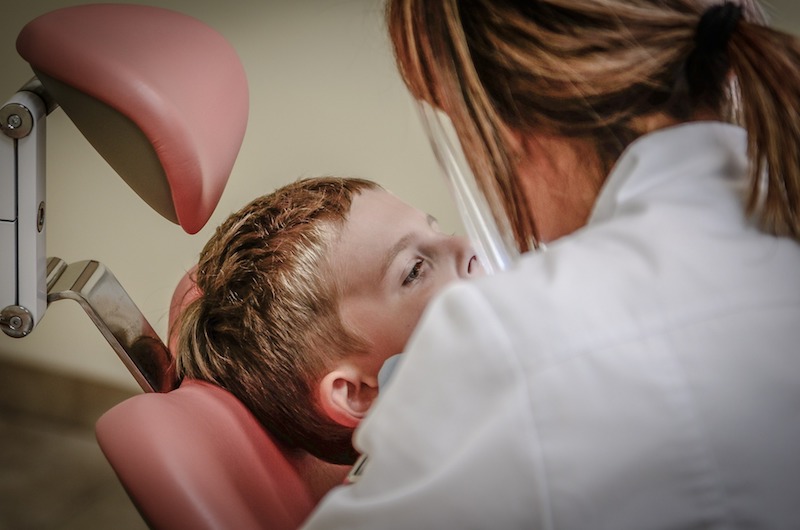Though it’s ultimately very rare, root resorption in adults can be a complicated issue. Since it’s the body’s own cells that are destroying the tooth, treatment can range from the removal of those cells, a root canal or even extraction.
In some cases, surgery may be required to determine the extent of the damage. Here at East Coast Endodontics, we use a CBCT (Cone Beam Computed Tomography) which is a 3D rendering of the tooth, to see the damage, which usually allows us to diagnose and make a treatment plan without the need for unnecessary surgery.
What Causes Resorption?
While the exact nature of external cervical resorption (ECR) isn’t fully understood, there are a number of factors that can make someone more likely to develop it.
For example, when excessive orthodontic force is placed on teeth, it can cause root resorption in later years.
Disturbance to the periodontal (“peri” – around; “odont” – tooth) ligament, which attaches a tooth to the bone, can also initiate resorption. Teeth that have been traumatized sometimes suffer damage to the periodontal ligament and are therefore at higher risk of ECR.
Certain habits like teeth grinding (bruxism) and some dental procedures, such as intra-coronal (“intra” – from within; “coronal” – crown) tooth-bleaching, may also make an individual more predisposed to ECR. However, the vast majority of people with these risk factors never go on to develop this problem.
Internal vs. External
Root resorption in permanent teeth may begin on the inside of the tooth (internal resorption), but more often it starts from the outside and works inward (external resorption).
The effects of external cervical resorption occur near the gum line at the cervical (“neck-like”) region of a tooth. In its early stages, this condition may produce pink spots where the enamel is undermined and filled with the pinkish cells that do the damage. In time, these spots progress to become cavity-like areas.
What To Do If You Have Root Resorption Symptoms
If you have any of the following root resorption symptoms, you should contact a dentist to schedule an examination, particularly if you have previously orthodontic work, dental trauma, or diagnosis of bruxism. The sooner you diagnose and treat resorption the better because damage can be rapid. If a root canal is necessary to treat the tooth, contact East Coast Endodontics right away.
- Pink spots
- Dull ache
- Discoloration

About the Author
Dr. Harris has been a practicing dentist since 2005. In 2012, he received his Master’s of Science in Dentistry and a certificate in Endodontics. He founded East Coast Endodontics shortly after receiving his master’s degree. He also currently holds a part-time position as a Clinical Assistant Professor for the Endodontics department at Virginia Commonwealth University. View his full bio.

